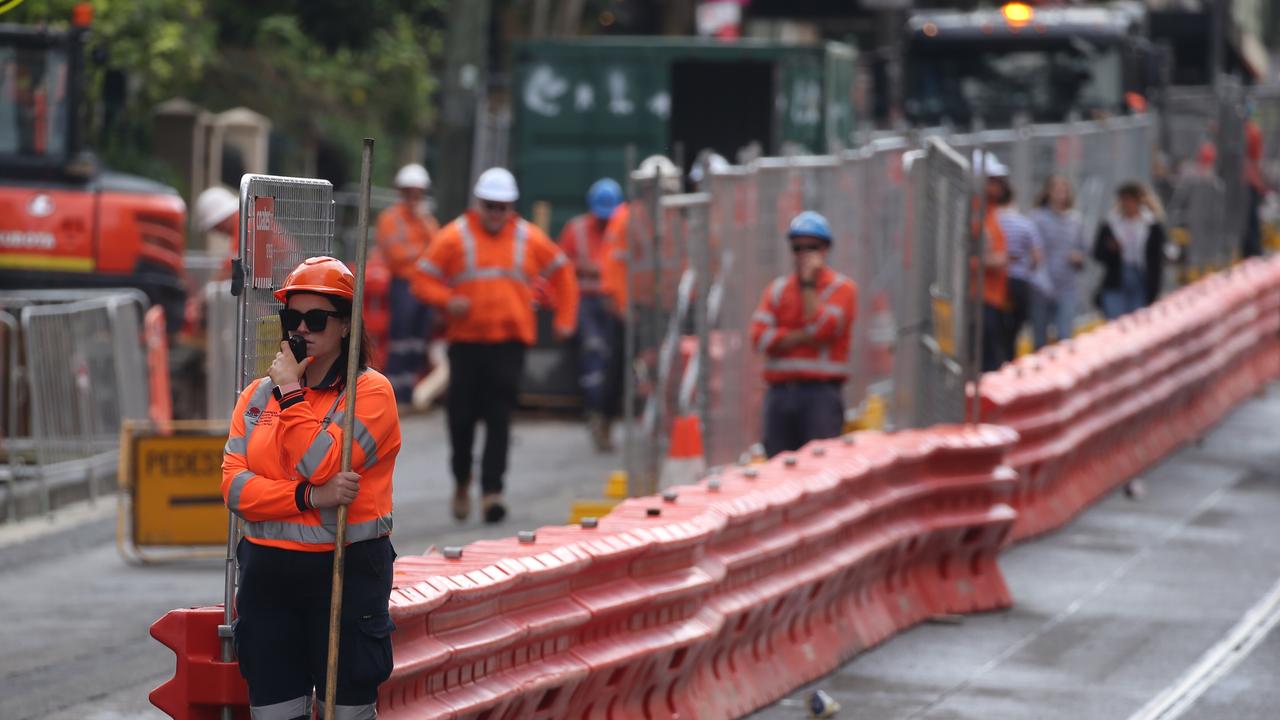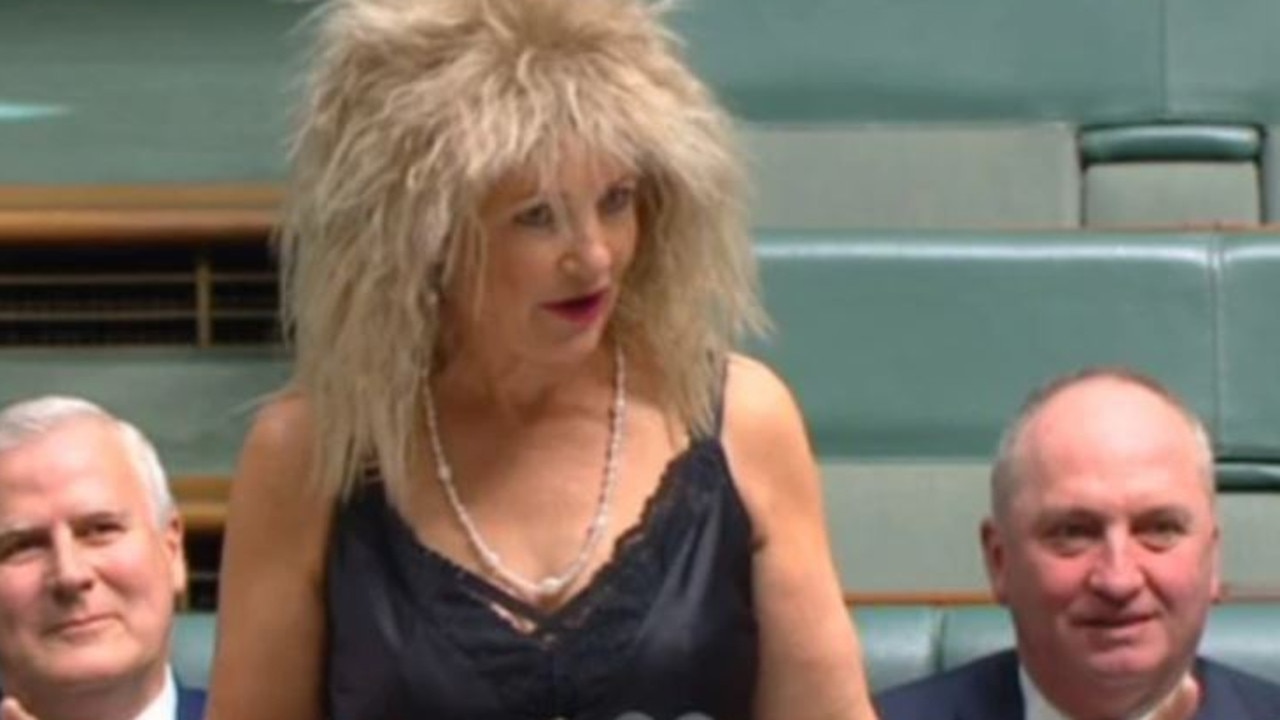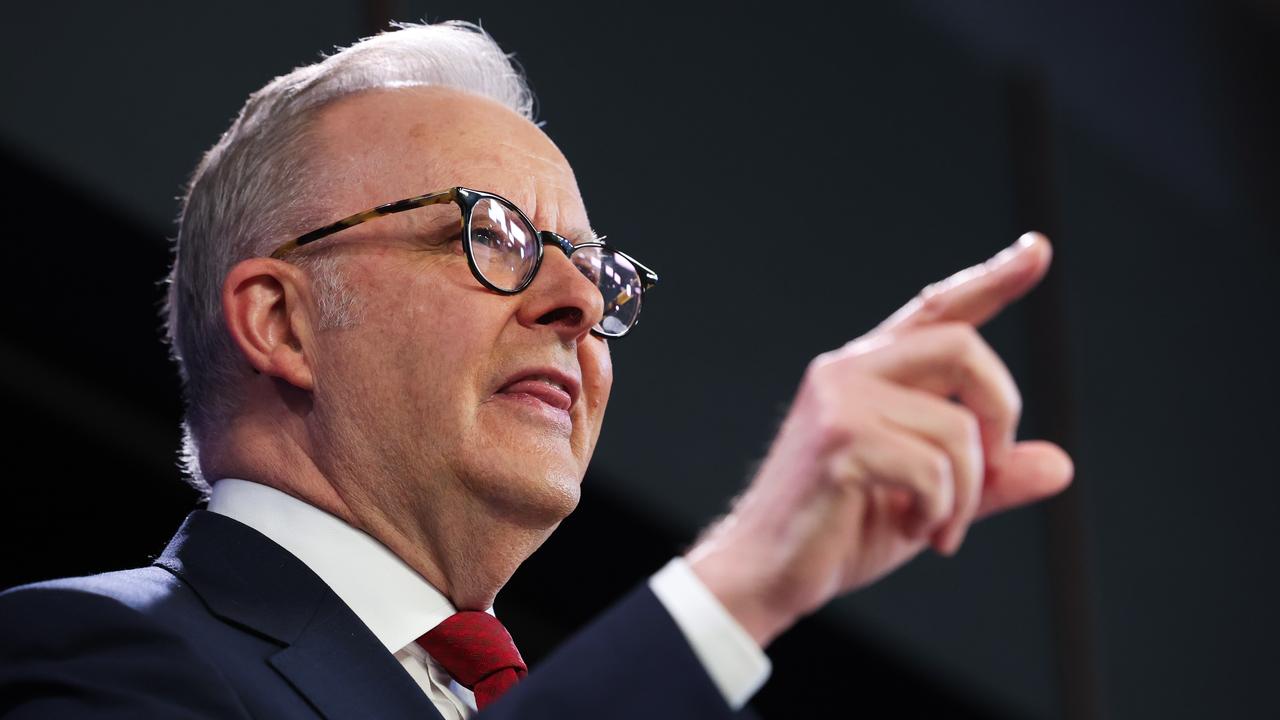Federal Budget 2020: Winners and losers revealed
The COVID Budget has landed. These are the Australians who are better off as a result and the ones who may not be smiling.

The Federal Government has finally handed down its 2020-21 budget, after it was put on hold for the coronavirus pandemic.
Prime Minister Scott Morrison said the budget would aim to “recover what’s been lost” as a result of the pandemic, and Treasurer Josh Frydenberg said it would focus heavily on job creation.
Unemployed Aussies under 35 will be the big winners, as will those looking to re-skill, while high income earners and public schools have lost out.
See how the Budget will affect you.

LOSERS
People on the dole
There will be no rise in the base rate of the JobSeeker payment or an extension of the scheme announced until March.
The ABC
The Federal Government has frozen indexation on the ABC’s operational funding, leaving it at 2018-19 levels. This means the broadcaster’s funding will not go up with inflation and has resulted in $41 million less funding compared to last year.
High-income earners
Tax cuts for high income earners will not be brought forward in this year’s budget as they have been for low- and middle-income earners. These cuts are not expected to come into effect until 2024 and, even then, Labor has already vowed to vote against them.
Older unemployed workers
Older unemployed Australians will lose out of the government’s headline stimulus package known as JobMaker. Businesses will have more incentives to hire workers under the age of 35, due to 12-month wage subsidies of up to $200 per week. Unemployed people over the age limit will not be eligible for the wage subsidy, making it less attractive to hire an older person.
WINNERS
Apprentices
Businesses are being encouraged to take on trainees and apprentices with the government offering to subsidise 50 per cent of their wages. The $1.2 billion investment will fund 100,000 new workers across Australia.
First home buyers
First-time property purchasers will avoid paying thousands of dollars in lender’s mortgage insurance under the extension of the First Home Buyer Deposit scheme. An additional 10,000 people will be able to build or buy a new home with only a 5 per cent deposit.
Manufacturers
The government will funnel $1.3 billion into manufacturing projects over the next four years to grow emerging technologies, or where Australian manufacturers already have a competitive advantage. Six manufacturing areas have been identified as a priority for investment: space, defence, food and beverage manufacturing, medical products, recycling and clean energy projects, and resources technologies. A plan for a gas-led recovery will help lower energy prices, which is a big cost for manufacturers.
Small business
Small- and medium-sized businesses will benefit from changes to relieve tax pressures. Changes to instant asset write-off rules will mean 99 per cent of businesses will be able to fully deduct the total cost of eligible depreciable assets. Companies that have reported a loss due to the pandemic will be able to claim a tax refund through a loss carryback scheme. Businesses with a turnover of less than $5 million will be able offset losses against tax paid on prior profits, which will prompt a refund on prior tax paid. The measure is estimated to deliver $4.9 billion in tax relief. Credit reforms have will also be introduced to ensure businesses have easier access to debt funding through loans.
Construction workers
A total of $7.5 billion in infrastructure funding will be brought forward for shovel-ready transport projects across Australia. The investment is expected to support 30,000 direct and indirect jobs.
Low- and middle-income earners
The government will bring forward the second stage of its legislated tax cuts by two years, which means the 19 per cent tax bracket will move from $37,000 to $45,000 per year, and the 32.5 per cent bracket will move from $90,000 to $120,000.
This means lower and middle-income earners will get up to $2745 extra back for singles and up to $5490 for dual income families, compared with the 2017-18 financial year.
Australians who earn $40,000 per year will pay 21 per cent less tax this year compared to 2017-18, and those on $80,000 would pay about 11 per cent less.
Temporary visa holders
Backpackers, Pacific Islanders and seasonal workers will be able to extend their visas to stay in Australia longer.

Internet users
Under a $4.5 billion upgrade of the National Broadband Network, eight million households will be able to access super-fast internet. Under the plan, 75 per cent of all fixed-line customers will be able to choose to ratchet up their connection to one gigabit per second, up from the current baseline speed of 25 megabits per second.
Energy industry
The energy industry is set to benefit from a $1.9 billion investment in future technologies, such as hydrogen and carbon capture, that will lower emissions. The investment plan aims to lower costs for consumers and boost jobs in the sector.
Tourism operators
Businesses heavily reliant on international tourism will benefit from a $50 million Regional Tourism Recovery initiative to help them adapt their offerings, experiences and marketing to appeal to domestic visitors in the short-term. Under an additional round of the Building Better Regions Fund, half of the $200 million for projects will be dedicated to tourism-related infrastructure. Under a COVID-19 recovery fund, $61.7 million will be invested in heritage upgrades, conservation work and reef building to create more fishing and diving spots.
Employers
The fringe benefit tax will be removed for employer-provided retraining and reskilling of employees who are redeployed to a different role in the business.
Borrowers
Banks will no longer be required to trawl over people’s Netflix subcriptions or Uber Eats bills to approve people for loans. People seeking access to finance will benefit from cuts to red tape that aim to reduce the cost and time it takes to access loans.
Regional Australians
An extension of support for the regional aviation industry until March will help people in rural and remote areas stay connected and have access to essential services and supplies. An additional round of the Building Better Regions Fund will inject $100 million into local infrastructure in regional communities.
Young, unemployed workers
Up to 450,000 young Australians on JobSeeker will have a better chance of breaking into the jobs market with a back-to-work subsidy. Bosses who take on new employees aged 16 to 35 who have been on the payment will be eligible for a wages subsidy covered by the government of $200 per week for those under 30 and $100 per week for those aged 30 to 35. The payment will last for 12 months, with the new employee needing to work at least 20 hours per week to be eligible. All businesses except the major banks will be eligible.
Women
The Budget will spend more than $90 million to allow for concessions to the work test for paid parental leave in response to the mass job losses experienced during the COVID-19 pandemic. Parents will now qualify for the payment if they have worked 10 of the 20 months before giving birth or adopting, as opposed to 10 of the past 13 months. In addition, there will be $47.9 million over the next four years spent on grants for the Women’s Leadership and Development Program, and $35.9 over the next five years to increase the number of co-funded grants to women-founded start-ups.
People with mental health problems
New funding will double the amount of Medicare-funded psychology sessions from 10 to 20 per year. Lifeline, Headspace, Beyond Blue and Kids Helpline will all benefit from a funding boost.

Seniors
Those on an aged care pension will receive an extra $250 payment in December and March, and government funding will be provided for 23,000 new home care packages. Funding will also be provided for additional training of aged care staff.
Commuters
The government will spend $14 billion on highway, bridge and rail upgrades, with major projects funded in every state. An additional $2 billion will be spent on improving road safety, with money allocated to each state and passed on to another state if the funds are not used in a timely manner. Councils will receive a share of $1 billion for local roads, footpaths and street lighting.
Farmers
Australia’s farmers will be eligible for a share of $2 billion in concessional loans to help them overcome the impacts of the drought. Up to $317 million will be spent helping Aussie exporters access global supply chains, and billions will be spent upgrading the nation’s water infrastructure, including $2 billion for dams, weirs and pipelines.
Superannuation account holders
Australians will no longer automatically get a new super account every time they change jobs, with compulsory contributions to be paid into the account they already have. Funds will also now be required to meet a performance test, and to notify members if they underperform. The government will also establish an online tool called YourSuper, which will allow users to compare different funds. These measures are expected to save the nation $450 million currently paid per year in unnecessary fees on multiple accounts.
The homeless
About $1.6 billion will be committed to support the homeless and social housing. The funding will be primarily put towards “affordable, safe and sustainable” accommodation that helps to prevent homelessness. Total social housing commitments for the year are $2.5 billion.
Dementia support
The federal budget will increase its spending in dementia care over the next four years. Funding for specialist care will be increased from $4 million in 2020-21 to $9.5 million in 2023-24.




